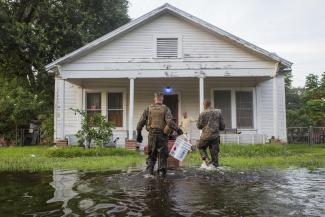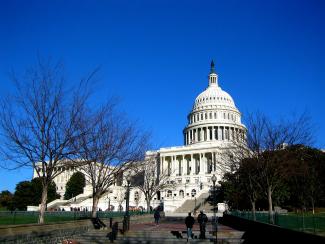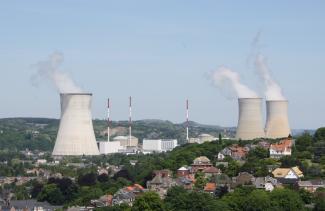Strengthening Rental Housing Policies to Improve Public Health

Earlier this year, the New York City Council took a notable step forward in addressing common indoor environmental health hazards. The Council passed Law 2018/055, which amends the city’s housing maintenance code to require private landlords to prevent and remediate indoor asthma triggers in their multifamily residential buildings.








